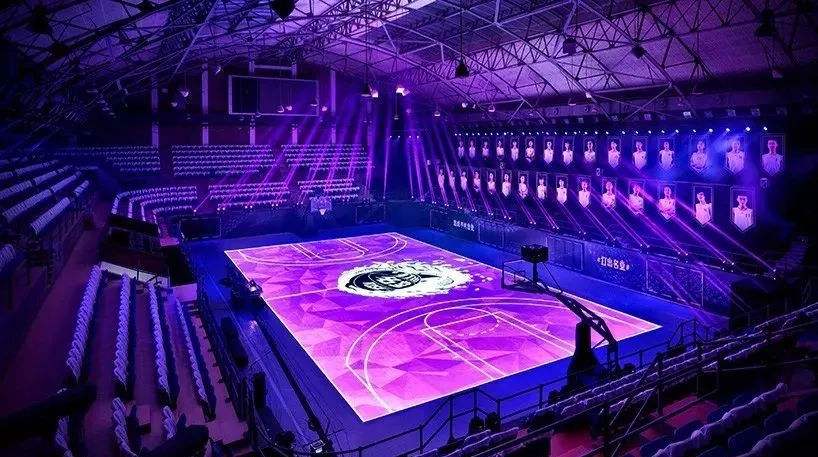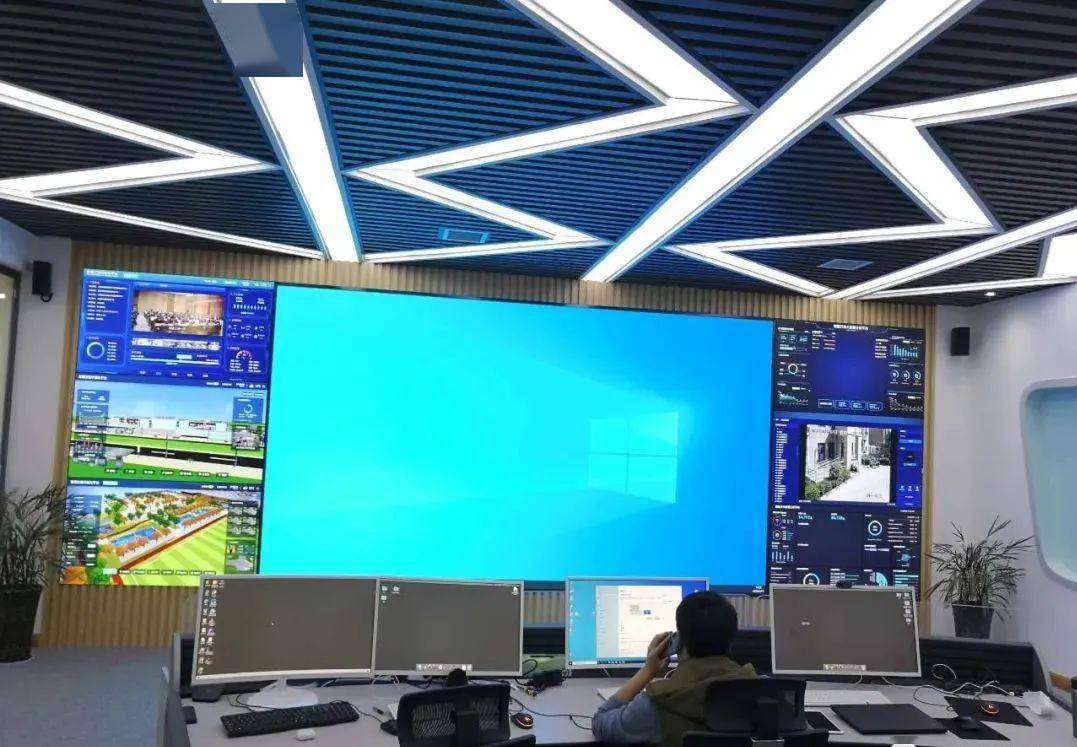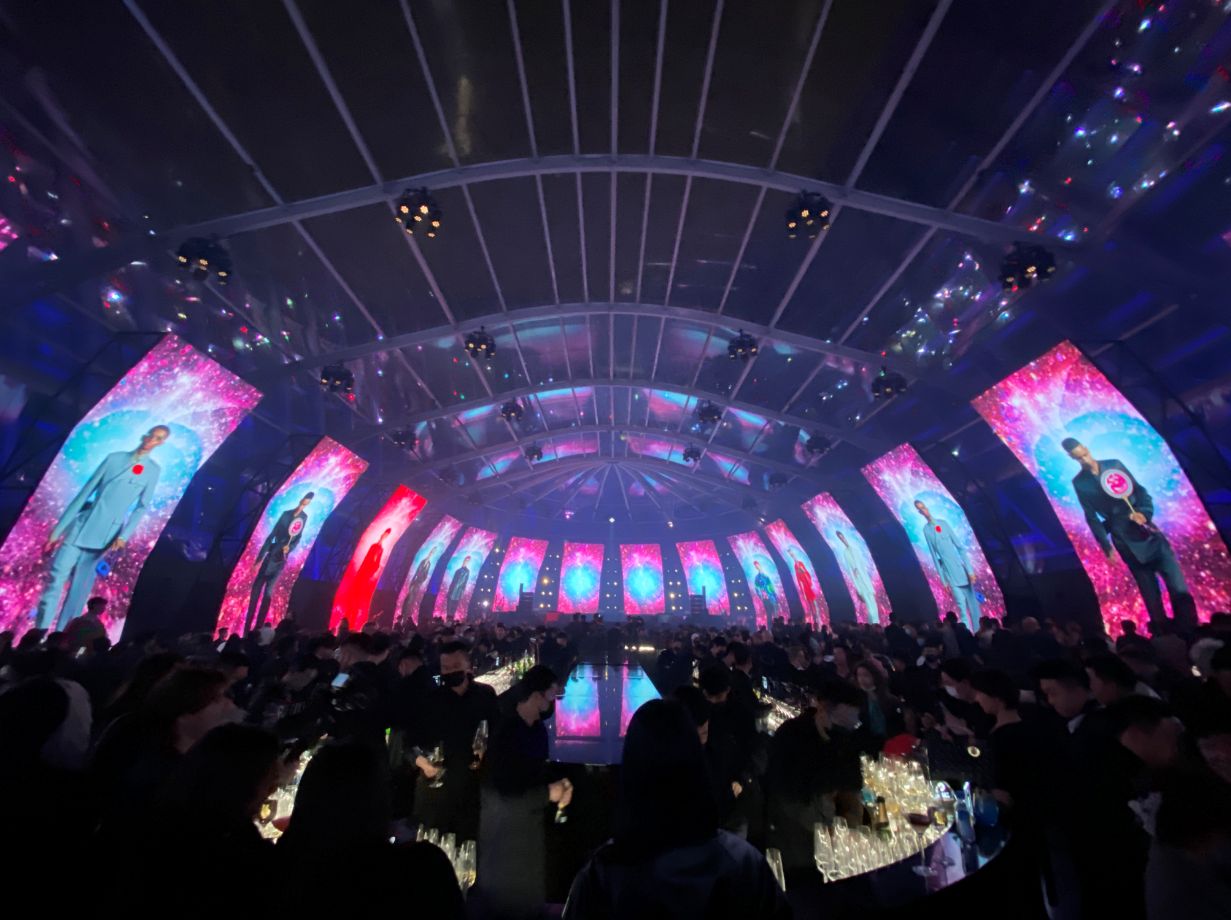With the continuous development of Micro LED, many breakthroughs have been made in technology. Recently, there have been frequent new developments in Micro LED displays, and there have been many new technological breakthroughs in the world.
Yonsei University develops high-resolution tri-color Micro LED display technology
It is reported that the team of Professor Jong-hyun Ahn of the Department of Electrical and Electronic Engineering of Yonsei University used MoS2 semiconductors and quantum dots to achieve high-resolution tri-color Micro LED display technology.The technology, published in "Nature Nanotechnology," and is the world's first to develop an integrated technology using two-dimensional semiconductors and quantum dots, is expected to be used in the development of next-generation high-performance augmented reality (AR) and virtual reality (VR) displays.
To manufacture a Micro LED display, a complex process of individually transferring the three-color Micro LED chips to a backplane circuit board is required. While this manufacturing method is suitable for the production of large displays with low resolution, it cannot meet the demands of next-generation augmented reality (AR) and virtual reality (VR) displays that require high resolution and high-speed operation.To overcome the technical limitations of developing Micro LED displays, the research team formed a two-dimensional semiconductor molybdenum disulfide (MoS2) directly on a gallium nitride (GaN) wafer for blue LEDs, and then integrated the semiconductor circuits to create individual semiconductor circuits , successfully realized the world's first 500 PPI (number of Micro LED light sources per inch), high-resolution Micro LED display without transfer process. In addition, the research team has also developed a technique to achieve three primary colors by printing quantum dots on blue GaN Micro LEDs, which can significantly improve the display's process yield and reduce production costs. In addition, the technology developed by the research team can not only simplify the complex manufacturing process of Micro LED displays, but also achieve high resolution.

Kyung Hee University develops ultra-dense optics array for AR devices
Recently, a research team led by Professor Lee Seung-hyun of the Department of Electronic Engineering of Kyung Hee University used ultra-highly integrated micro light-emitting diodes (hereinafter referred to as Micro LEDs) to fabricate optical element arrays with pixel sizes of dust particles and quantum dots and excellent color. Restorative. Arrays of optical elements are expected to be used to project augmented reality images onto the eye. Fusion is difficult due to differences in the manufacturing substrates of electronic circuits and Micro LEDs. Typically, electronic circuits are fabricated on silicon substrates, while Micro LEDs are fabricated on gallium nitride substrates. To solve this problem, Professor Li's research group developed a technique that can transfer thin layers of gallium nitride, about one-tenth the thickness of a human hair, onto a silicon substrate.

Based on this technology, the research team successfully formed the world's smallest particle size (5μm) LED pixel by using only silicon circuit technology and no general display process. "The transfer technique is greatly affected by thermal expansion, so we focused on making thin alloy layers at low temperatures," explained electrical engineering student Shin Yoo-seop. At the same time, the research team applied quantum dot technology to improve the color reproduction rate, adding a sense of realism to AR. Quantum dots have attracted much attention as next-generation light-emitting devices because of their high color purity and photostability compared to conventional light-emitting materials because they can be produced by generating different lengths of light wavelengths for each particle size without changing the type. materials of various colors. However, quantum dots are susceptible to various solvents used in general semiconductor processing.
To solve this problem, the research team developed a "high-resolution dry transfer method" that can selectively pattern according to surface energy intensity. They succeeded in using quantum dot technology to achieve RGB color without solvent. The developed optical pixels are very small even when viewed through a microscope, making them suitable for small devices such as wearables. In addition, the optical element pixels can clearly project augmented reality images by displaying a high color gamut.

Post time: Nov-13-2023
